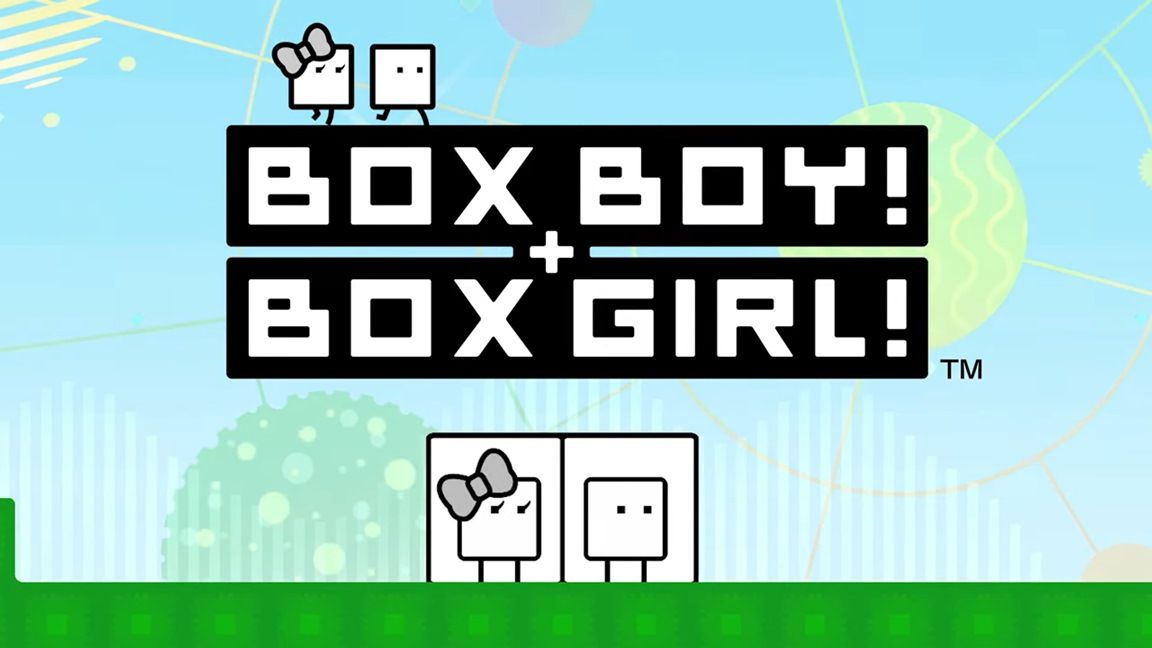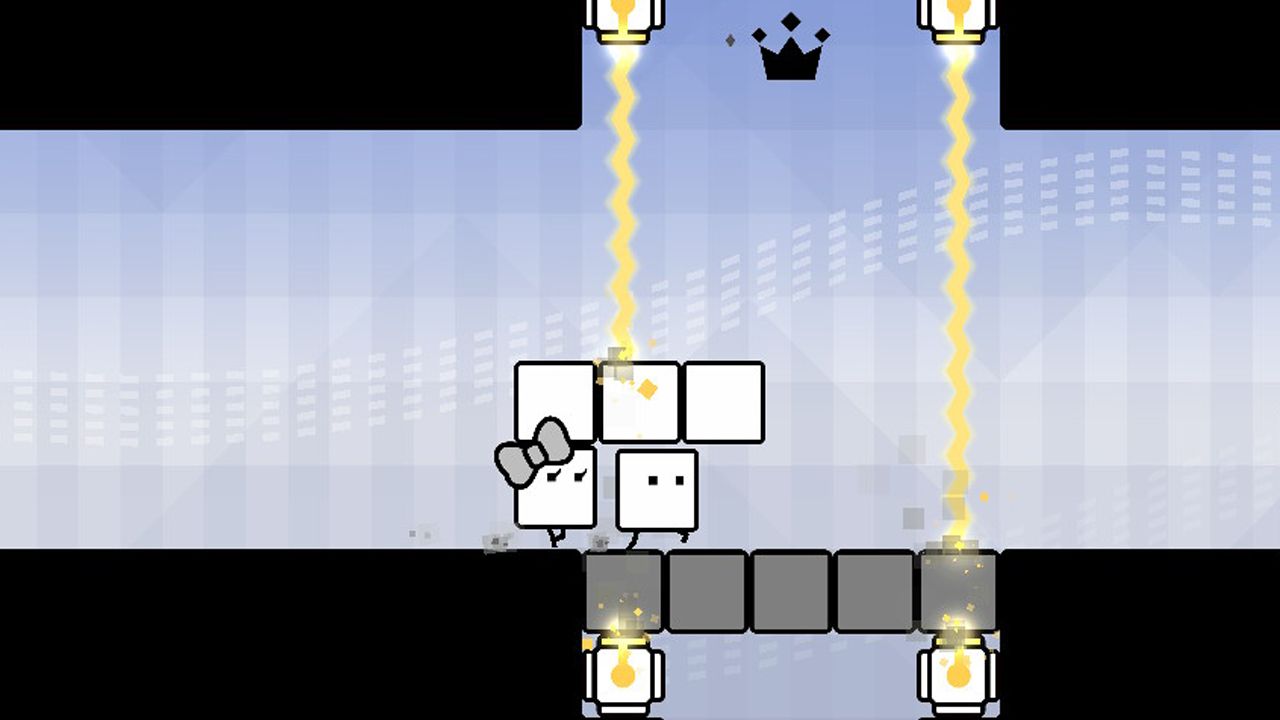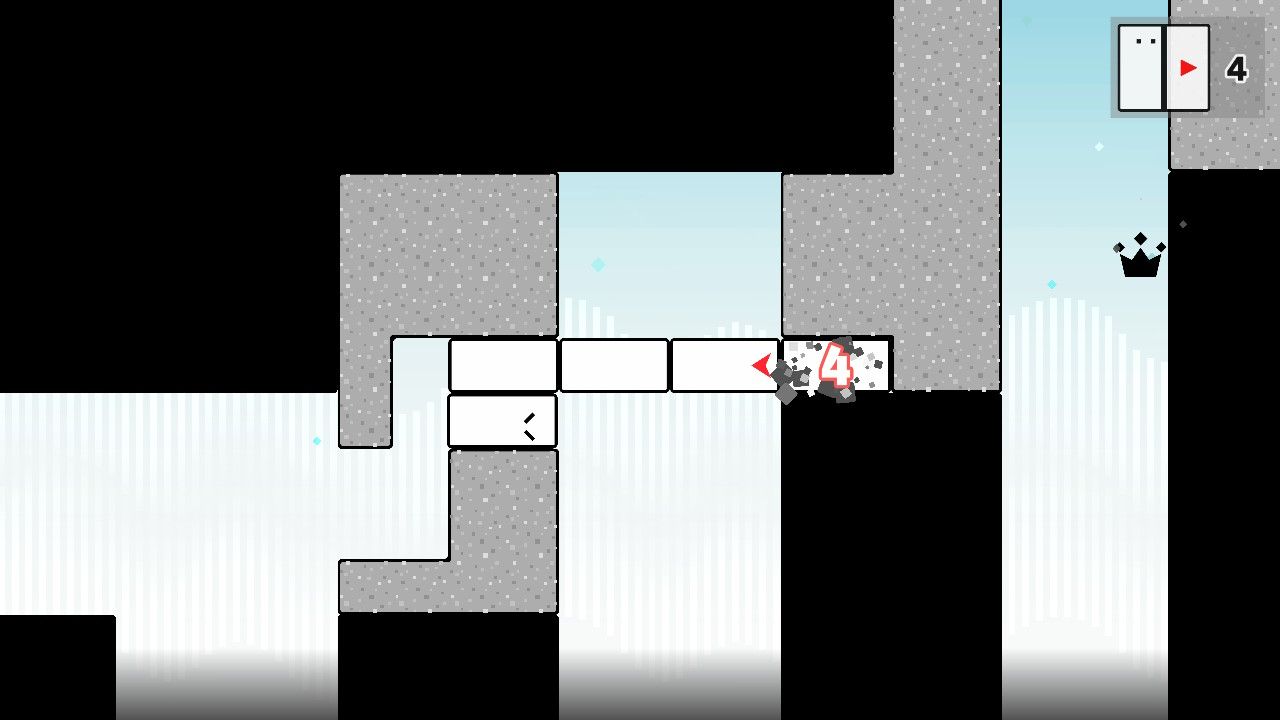BoxBoy + BoxGirl Is a Comforting Puzzle Adventure
It's all about the box

Now, I’m no doctor, but I believe that right now my brain is about 50% mucus. Now, before you say ‘Lucas, that’s not how bodies work’ or ‘haha, mucus rhymes with Lucas’ – shut up, I know what I feel. And I’ve been aware of what Lucas rhymes with since primary school.
Anyway, what I’m getting at is that I’ve been sick, and while I’ve been playing plenty of games while I’ve been stuck at home, I’ve had limited capacity for games that required full brain power. I’ve got Outer Wilds: Echoes of the Eye lined up, but that will bend my brain too much. I started Lo Wong, but I don’t have the capacity to deal with a game that hard.
A game that did hit the spot for me is one I was reminded of when I wrote about the Nintendo eShop closures. I mentioned the BoxBoy series there because it’s one of the first things that comes to mind when I think ‘3DS eShop exclusive.’
If you’re unfamiliar with BoxBoy, it’s a series of puzzle platformers by Kirby developer HAL Laboratory. In these games, you play as Qbby (like Cubey), a cute little square with legs that summons lines of boxes to progress through levels. The series is comprised of a trilogy of download-only 3DS games released annually from 2015-2017. You can’t buy those anymore, but what you can buy (for now) is BoxBoy + BoxGirl for the Switch, which was released in 2019.

BoxBoy + BoxGirl is very much like the previous games in the series. Like Kirby games, there’s a set formula with a central feature or mechanic. This time, it’s the inclusion of a co-op campaign starring Qbby and Qucy (like Lucy, or Cucy, I don’t know). There are three campaigns in total – the main solo campaign, the co-op campaign, and a third starring a rectangle named Qudy (Cutie? They really painted themselves in a corner with the names).
The solo campaign has 16 worlds (the others have nine), each a set of levels that largely focus on a new mechanic or technique. For example, things start simple with a world introducing switches, and another with electric boxes that zap you dead. Then there’s a world that shows you how to use your boxes to make a hook to climb high ledges – a key technique throughout the series. New innovations are gradually brought in, such as being able to jump while holding boxes and the ability to throw boxes across a level.

BoxBoy + BoxGirl is a beautiful example of how to introduce new mechanics to players and then expand upon them. In each world, you’re given something new and by the end feel like you’ve mastered it. Before you know it, you have a dozen different techniques down pat. It helps that it’s on the easier side of things for a puzzle platformer, unless you want to 100% each level. The constant new additions mixed with the fact the worlds don’t wear out their welcome means that you’re constantly getting that nice feeling you have when you feel smart because you’re on top of a puzzle game. I have to say that my soupy brain surely did appreciate this feeling.
At the end of each level, you are marked depending on how many boxes you use and how many of the optional crowns you collect. You’re then showered with two kinds of currency – one for using on hints and another for the shop that sells costume pieces, music, and comic strips. It’s a steady stream of both external rewards and the internal reward of mastering a new kind of puzzle.

There’s the same kind of breezy charm in BoxBoy + BoxGirl that Kirby games have, but with enough of a challenge to give your brain a workout, even if it’s a gentle one for the most part. But sometimes that’s exactly what you want, and it's certainly what I needed.